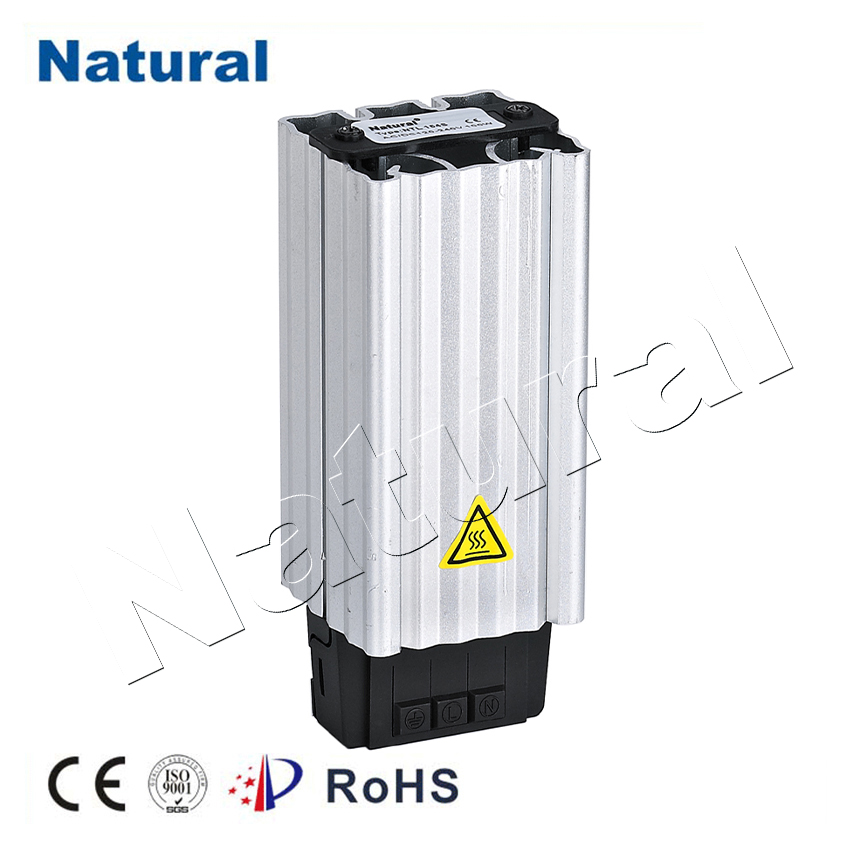Factories heaters have played a pivotal role in the industrial landscape, providing the necessary warmth for both workers and machinery to function optimally. Over the years, these heaters have undergone significant transformations, driven by technological advancements and a growing focus on energy efficiency and sustainability. This article explores the evolution of factories heaters, from their humble beginnings to the cutting-edge solutions we see today.

1. Early Heaters: Simplicity and Inefficiency In the early days of industrialization, factories relied on rudimentary heating methods, such as open fires or coal stoves. While these methods offered some warmth, they were far from efficient. They consumed large quantities of fuel and produced copious amounts of pollution, creating discomfort for workers and contributing to environmental problems. 2. Steam-Powered Heaters: A Revolution in Efficiency The late 19th century brought a significant breakthrough in heating technology with the development of steam-powered heaters. These systems utilized steam generated from boilers to distribute heat throughout the factory. Steam heaters were a game-changer in terms of efficiency, as they allowed for precise temperature control and reduced fuel consumption. They also had the added benefit of powering other factory machinery, further increasing their appeal. 3. Electric Heaters: A Leap in Convenience The 20th century saw the rise of electric heaters, which marked another milestone in the evolution of factory heating systems. Electric heaters were convenient and clean, eliminating the need for on-site fuel storage and the associated safety hazards. They offered rapid heating and could be easily integrated into existing factory infrastructure. 4. Forced Air Systems: Optimizing Heat Distribution As technology continued to advance, forced air heating systems emerged as a popular choice for factories. These systems use fans to distribute heated air throughout the workspace, ensuring even and consistent heating. Forced air heaters were not only efficient but also provided improved indoor air quality by filtering and circulating the air. 5. Modern Innovations: Energy Efficiency and Sustainability In recent decades, factories have embraced a more sustainable approach to heating. High-efficiency condensing boilers, infrared heaters, and radiant heating systems have gained popularity for their ability to reduce energy consumption and greenhouse gas emissions. Additionally, factories have started integrating renewable energy sources like solar and geothermal heating to further decrease their carbon footprint. 6. Smart Heating Systems: The Future of Factories Heaters Looking ahead, the future of factory heating lies in smart heating systems. These systems leverage advanced sensors, machine learning algorithms, and automation to optimize energy usage. They can adjust heating levels based on real-time occupancy and weather conditions, minimizing energy wastage and reducing operating costs. 7. Conclusion: A Sustainable and Efficient Future Factories heaters have come a long way from their humble origins. The evolution from open fires to smart heating systems reflects the industrial sector’s commitment to efficiency, sustainability, and the well-being of its workforce. As technology continues to advance, we can expect even more innovative solutions to emerge, further enhancing the efficiency and environmental friendliness of factory heating systems. In the end, the journey of factories heaters mirrors the broader transformation of industries towards a more sustainable and energy-efficient future.